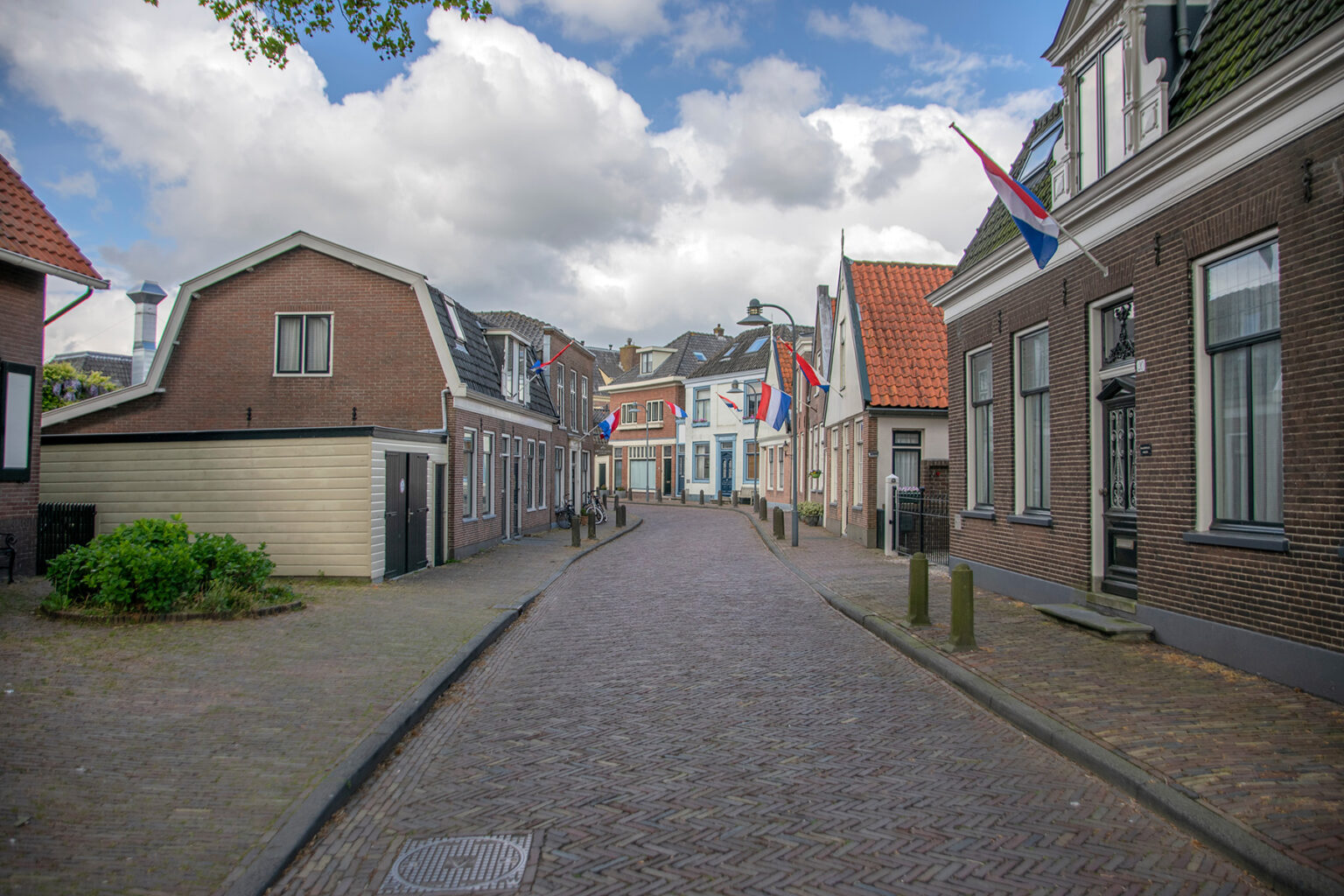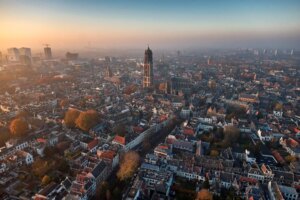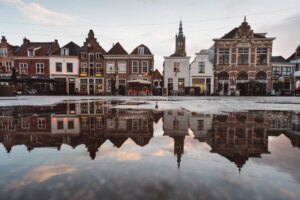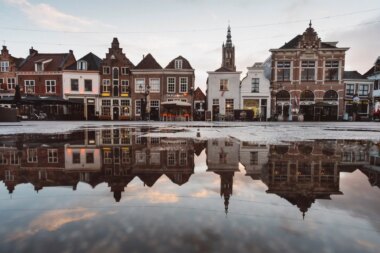Nestled between Amsterdam and Schiphol Airport, Amstelveen offers a quiet, welcoming haven away from the intensity of the country’s capital; not to mention its sky-high real estate prices. Indeed, those looking to enjoy a mix of green, open spaces, and urban convenience might consider the suburb to be an attractive place to live. This might also be the case if they are moving to the Netherlands with children. What’s more, with public transport connecting Amstelveen to Amsterdam and Schiphol in just 20 minutes, it’s the perfect destination for those looking to commute to these locations.
To give you more insight into the popular leafy suburb, and help you decide which buurt (neighborhood) is right for you, this article provides the following information:
Homelike
In need of a flexible rental in the Netherlands? Check out Homelike. This easy-to-use property portal has a whole host of temporary, fully furnished rentals so you can find a place to stay. Start your adventure right and find your next long-term stay with Homelike.
An overview of Amstelveen
The history of the suburb
Located in the province of North Holland and bordered by the Amsterdam Bos and the Amstel River, Amstelveen is a unique municipality with an interesting history. Originally a small farming village, it evolved in the 20th century to become a large suburb with around 90,000 residents. Its growth began with the establishment of Schipol Airport and accelerated with the creation of a road that connected the two in 1934. This made it an attractive place to live among Schiphol employees and an ideal location for KLM’s headquarters, which put it firmly on the map.
An international hub
Since then, Amstelveen has become increasingly popular among international companies looking to benefit from its close proximity to Amsterdam, Amsterdam Airport Schiphol, and the Zuidas business district. It is now home to large multinationals such as KLM, KPMG, Ricoh, Fortis, Canon, and Hewlett Packard.
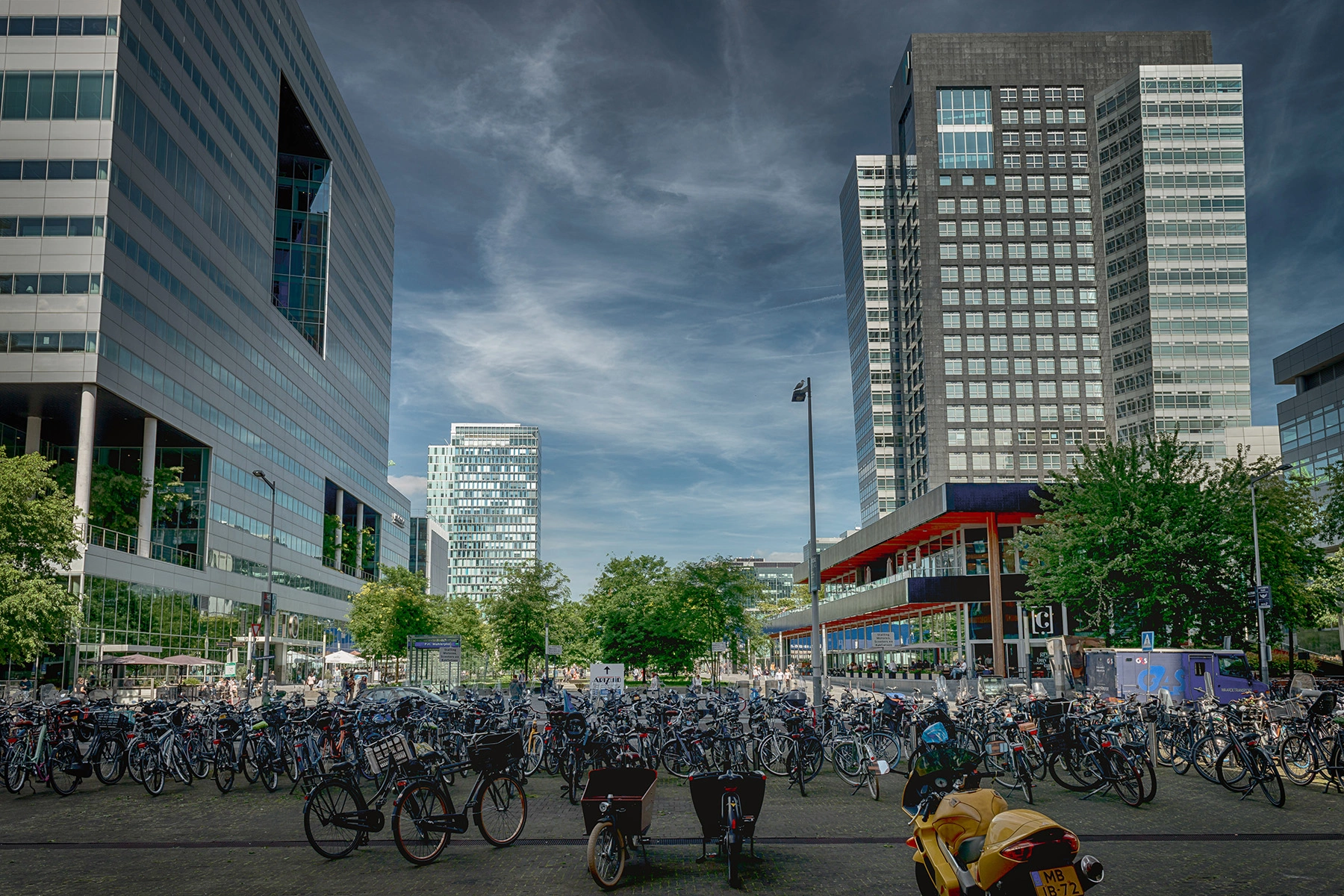
This has led to an influx of international talent from all over the world, including a large pool from Asia. Indeed, in 2021, around 20% of Amstelveen’s population was non-Dutch, accounting for 139 different nationalities.
As a result of this, Amstelveen now boasts a multicultural flair, which is reflected in its infrastructure and cultural initiatives. This includes everything from the Cherry Blossom Festival in Kersenbloesempark in spring and festive celebrations for Chinese New Year to the busiest Diwali Festival in the Netherlands.
Local attractions
Aside from cultural diversity, the popular suburb offers plenty of green space for locals to enjoy. This includes the famous park, Amsterdam Bos. Covering an area of around 2,500 acres, the sprawling forest is the largest in Europe and acts as a buffer between Amstelveen’s residential areas and Amsterdam Airport Schiphol. It boasts several cycling routes, walking trails, and equestrian paths.
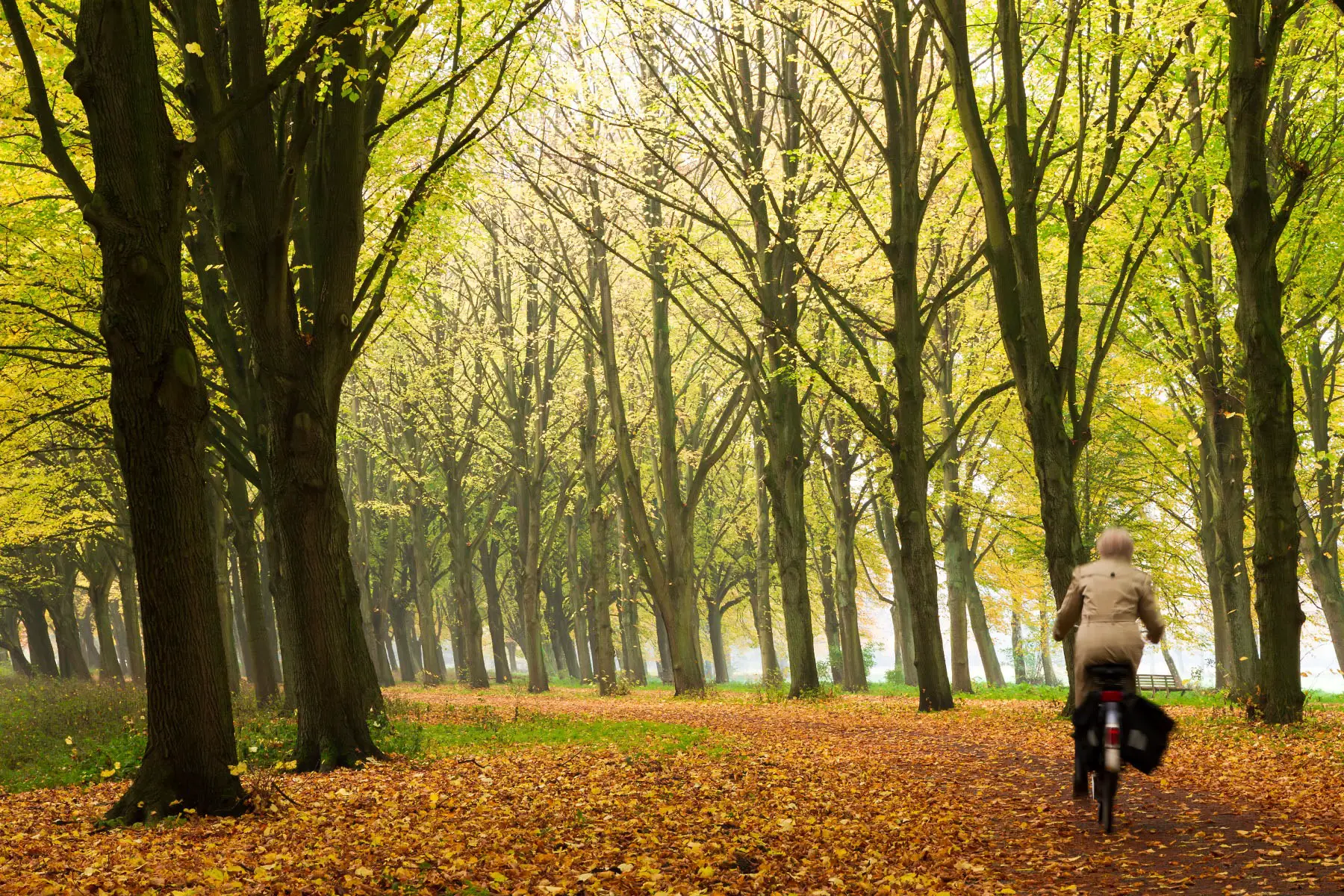
It also features a variety of children’s paddling pools, lakes, and playgrounds for little ones to explore. There are also two farms in the park as well as several dining options. This includes the popular Boerderij Meerzicht pancake restaurant.
As well as boasting beautiful natural landscapes, Amstelveen is also a popular destination for shopping. Its largest shopping center, Stadshart, features more than 200 luxury stores as well as numerous bars and restaurants. Located in the neighborhood of Buitenveldert, Gelderlandplein is another enclosed shopping plaza that is a popular spot for Amstelveen residents. Meanwhile, Amsterdamseweg and Oude Dorp offer more traditional high-street shopping. That said, most of Amstelveen’s neighborhoods have a shopping area with at least a grocery store and pharmacy.
How to find housing in Amstelveen
Similar to the rest of the Amsterdam area, Amstelveen’s housing prices have soared in recent years. Having said that, it still remains a more affordable option than the capital. And with more family-friendly homes with gardens and garages available on the market, it is an attractive alternative for many international families.
The easiest way to look for housing to rent or purchase is by searching online property portals to get an idea of available housing stock and prices. Fortunately, there are many of these in the Netherlands, including:
These portals allow the user to contact different real estate agencies who may have information about suitable homes coming onto the market. Once you have found a place, you will need to agree on the rental terms. For instance, this might include how to handle repairs, arrange utilities, and the length of the contract. You can read more about housing in the Netherlands in this article.
Typical accommodation
Unlike many towns and cities in the Netherlands, Amstelveen does not have the traditional 17th-century gabled canal houses. While some neighborhoods in the suburb do have pre-WWII housing in the Amsterdam School style, the majority has been built since the 1960s.
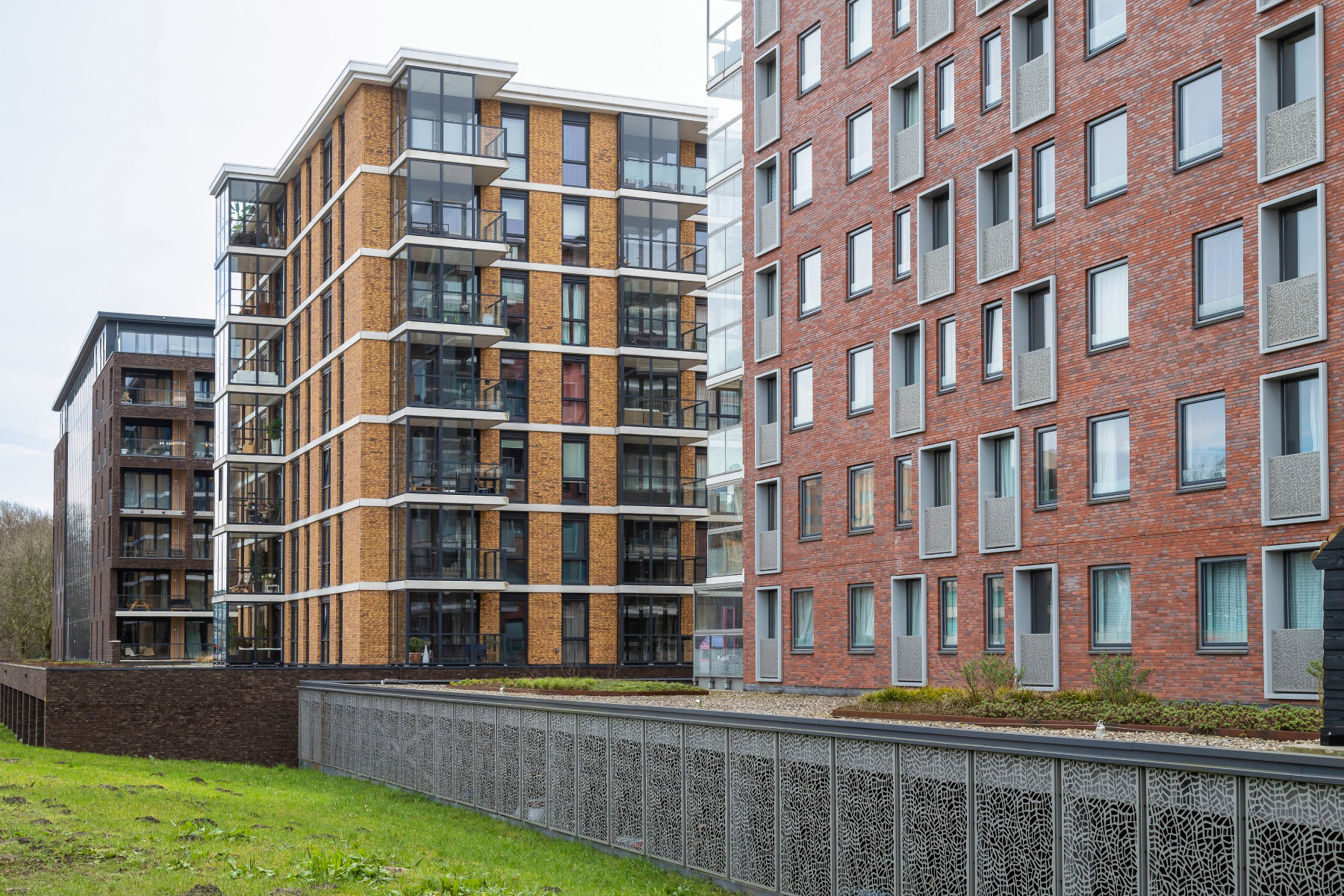
Almost every neighborhood of Amstelveen has an equal mix of single-family residences and mid to high-rise multifamily buildings. Most of the single-family homes are simple two-story attached homes with gardens at the back. Many of these have been renovated once or even twice to include a third story and rear extension.
Renting property in Amstelveen
Renting is generally more common in Amstelveen than in other parts of the Netherlands, with 50% of properties falling into this category. In early 2023, the cost of renting a home ranged from €1,100 to €1,200/month for a three-room apartment on the low end, to €4,500/month for a seven-room single-family home on the high end. There are also luxury homes available to rent between €6,000 and 7,000/month. However, these are located on the outskirts of the suburb. You can read more about that in our article on renting a property in the Netherlands.
Buying property
As of 2023, buying a one-bedroom home in Amstelveen costs about €500,000, while a large free-standing home is around €3 to €4 million. Meanwhile, a more typical, renovated, three-bedroom home in a good location costs between €800,000 and €1,500,000. You can read more about property prices in our article on buying a home in the Netherlands.
Neighborhoods in Amstelveen
Amstelveen’s neighborhoods are growing and changing rapidly in order to meet the insatiable demand for housing. As a result, new neighborhoods are developing on the eastern and southern sides of the suburb, and existing neighborhoods are altering with the addition of new housing.
Because these developments have primarily happened within the last 60 years, the neighborhoods in Amstelveen tend to be more similar to each other than in cities that developed more gradually. Nevertheless, there are some distinctions when it comes to density, character, demographics, and pricing among the various areas.
Stadshart
As its name suggests, Stadshart (which literally means ‘heart of the city’) is located in the center of Amstelveen. While it is the smallest neighborhood in the suburb, it is home to one of its largest shopping centers, the eponymous Stadshart. The bustling mall contains nearly 200 stores and restaurants as well as a theatre and seasonal ice skating rink.

It is serviced by the #5 and #25 trams which connect it to Amsterdam Zuid Station. Amstelveen’s bus station is also located here, offering easy connections to Amsterdam, Schiphol, Uithoorn, and Aalsmeer. The average home value in Stadshart is €480,000, which is just over Amstelveen’s average home value of €470,000. More than 80% of all housing is multifamily and the majority of residences are owner-occupied.
Randwijk
Located in the northwest of Amstelveen, Randwijk is a quiet, family-oriented neighborhood with several schools and small shopping centers. Its western side shares a long border with Amsterdamse Bos and features some of Amstelveen’s older pre-WWII homes. Meanwhile, newer properties can be found on the eastern side. More than 57% of its homes are single-family dwellings and 99% were built before 2000.

One of the only drawbacks of this neighborhood is that it lies beneath a flight path to Schiphol Airport. This means that planes can fly rather low, depending on the weather. It is serviced by the #5 and #25 trams on the east side and by several bus routes on Amsterdamseweg on the west. The average value of a home in Randwijk is €580,000, which is higher than Amstelveen’s average home value of €470,000.
Elsrijk
Elsrijk is located directly south of Randwijk, also beneath a flight path into Schiphol. Many of the homes in the neighborhood were built before WWII, in the beautiful brick Amsterdam School style. The area is characterized by quiet tree-lined streets, bike paths, and two beautiful parks, De Braak and De Ruyschlaan. More than half (57% of homes) are single-family, and 63% of all residences are owner-occupied. The average home value is just under €600,000, above Amstelveen’s average home value.
Patrimonium
Located west of Elsrijk and bordered by Amsterdam Bos on its north and west sides, Patrimonium is among the most expensive neighborhoods in Amstelveen. Indeed, the average home value is €665,000, which is well above the average property value in the suburb.
Patrimonium is very established and offers a quiet, green environment which makes it popular among families. More than 70% of residences are single-family dwellings and 40% of them are owned by rental corporations, which is higher than in any other neighborhood in Amstelveen.
Keizer Karelpark
Located south of Amstelveen, the Keizer Karelpark neighborhood has lots of trees and sporting fields and is home to The International School of Amsterdam. The average home is valued at around €400,000, which is less than Amstelveen’s average, however, 60% of the housing market is rental, while more than half (63%) are multifamily dwellings.

Oude Dorp
Oude Dorp is technically a sub-neighborhood within Keizer Karelpark, however, it is distinctive in its own right. Its name means ‘old village’ in Dutch and while glimmers of the olden days remain, much of it is new. It has a lively shopping area with many bars and restaurants, which makes it popular with the international community.
The west side features a small lake (De Poel) and Bloesempark, which blooms with pink cherry blossoms every spring. Around 60% of homes in the neighborhood are multifamily dwellings, and these are more common than single-family ones. The average home value in Oude Dorp is higher than in Keizer Karelpark, but slightly below Amstelveen’s average home value of €470,000.
Uilenstede en Kronenburg
Bordering Amsterdam’s Buitenveldert neighborhood, Uilenstede attracts a young and single crowd. It has the most single-person households in all of Amstelveen. Housing is almost exclusively within apartment buildings, which make up 99% of the property market. Many of the residents are students and young professionals. The average home value is €250,000, which is way below Amstelveen’s average.
Kostverloren/Bankras
These neighborhoods are located on the eastern side of Amstelveen and were largely built in the 1960s. They consist of a 60/40 mix of multi-family and single-family dwellings and the average home is valued at around €425,000. The area offers quite a lot of open and green space, particularly on the eastern side that borders the Amstel River.
Waardhuizen/Middenhoven
The neighborhoods of Waardhuizen/Middenhoven are located in the south/southeastern section of Amstelveen. They are bordered by polders and a golf course on their southern and eastern sides, respectively. Both areas were developed in the 1970s and are fairly similar, except for the fact that Middenhoven has a larger indoor shopping center and a large park called Wijkpark Middenhoven.
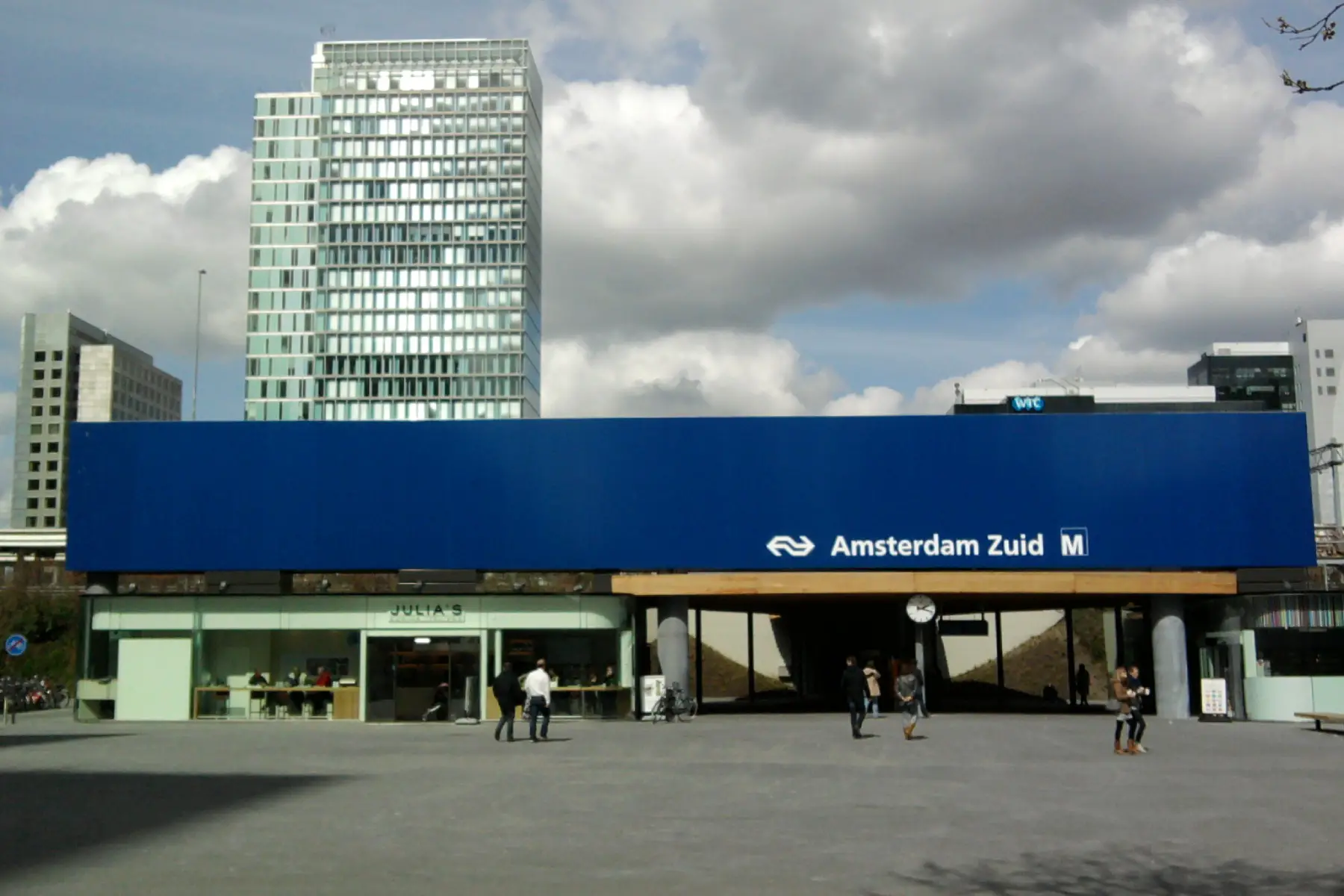
While the majority of housing is single-family, there is also a significant number of apartment buildings, particularly in Middenhoven. The #25 tram runs along the north side of these neighborhoods, providing easy access to Amsterdam Zuid Station. Around half of the residences are owner occupied and half are rented. The average home value is €410,000.
Groenelaan
On the east side of Amstelveen, bordering green open space and a golf course, Groenelaan is home to Ziekenhuis Amstelland and other associated care facilities. Because of this, it is home to the largest number of over 65s in Amstelveen, as well as many young families. The average home value is €360,000.
Bovenkerk
Bovenkerk is one of the original villages that now make up Amstelveen. The kerk (church) part of its name refers to Saint Urbanus church whose steeple towers over the surrounding buildings. Bovenkerk retains the feeling of a village with its small shops, cafes, and tree-lined streets. This is added to by the fact that it is nestled against Amsterdamse Bos on its north and west sides.
Two-thirds of its residences are single-family dwellings and just over half of all residences are owner-occupied. The average home in Bovenkerk is valued at around €510,000.
Westwijk
Located in the southwestern corner of Amstelveen, Westwijk is the newest and largest neighborhood in the suburb. It is also changing at a rapid speed. The northern part of Westwijk is similar to other neighborhoods in Amstelveen, with an even mix of single-family and multifamily dwellings, which were mostly built before 2000.
The southern section features many large, new, single-family homes as well as commercial enterprises on large tracts of land. It is less densely populated than the rest of Amstelveen, offering more space and a modern feel. It is serviced by the #25 tram and several bus routes, making it an appealing option for those looking to commute while living a quieter life. The average home value in the most southern neighborhood of De Scheg is a whopping €880,000, which is almost double the Amstelveen average of €470,000.
Neighborhoods to avoid in Amstelveen
Crime is extremely low throughout Amstelveen and usually relates to the theft of personal property, such as bicycles. And considering that crime is relatively low in Amsterdam, it is even less so in Amstelveen. Nevertheless, it is still good to be aware of pickpocketing when using public transport and shopping in large malls.
Public transportation in Amstelveen
Amstelveen boasts an excellent public transport network which means that every resident lives within easy walking distance from a bus or tram stop. For instance, trams #5 and #25 connect the suburb to Amsterdam Zuid Station, while #5 runs between Stadshart and Amsterdam Centrum, and #25 connects Zuid to Westwijk.
There are also multiple bus routes running throughout Amstelveen that connect it to hubs in Amsterdam and Schiphol Airport. The GVB website provides interactive maps and apps that allow you to plan your journey. Those preferring to drive, however, can easily access the A9 and A10.
Tips on choosing a neighborhood
Of course, the best way to get an idea of whether Amstelveen is the place for you is to go there in person. If you usually cycle or use public transport, you can easily visit the suburb this way. However, if you prefer to dive, you might want to experience what it is like to drive and park around the area.
If you are considering moving to Amstelveen from Amsterdam or another city, you might want to think carefully about whether you would actually miss the daily hustle and bustle of a more urban setting. And if peace and quiet are important to you, it’s a good idea to listen out for the sound of planes passing overhead, as this might deter you from living in a certain neighborhood.
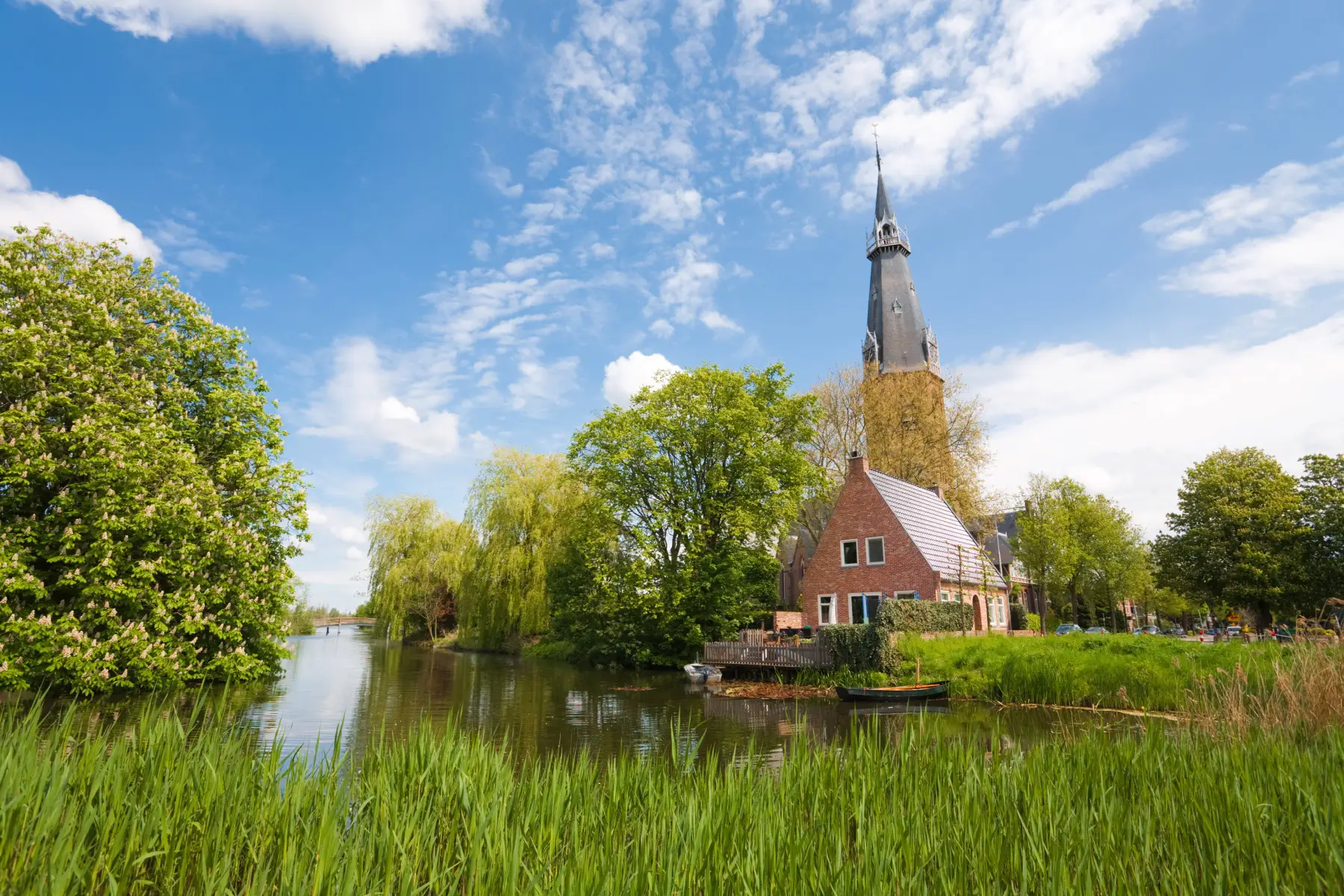
Making sure that there is enough variety for you is also something to keep in mind. For instance, are there nice places to socialize and mingle with other locals? Is there a good selection of shops and other entertainment options on your doorstep? Or do you crave nature and the great outdoors? If so, you might want to narrow your search to neighborhoods with lots of parks and natural landscapes.
Connecting with the local community
In addition to visiting the different neighborhoods, you might also want to join some local expat groups on social media group and ask people for their feedback and experiences of living in Amstelveen. This could also be a great way to make some new friends before you move there.
If you are looking for a parent’s perspective, such as Amsterdam Mamas, Indian mummies in Amstelveen, and Indian parents in Amstelveen, which might be worth looking into.
However, if you are considering moving to Amstelveen for work, you might also want to explore the local networking meetups, groups, and clubs before you move. These include the Amsterdam American Business Club, Australian Business in Europe, the Global Business Development Network, the European Professional Women’s Network Amsterdam, and many more.
Useful resources
- Gemeente Amstelveen – the official municipality website (available in English) which provides relevant information to those living, working, and visiting Amstelveen
- NL Times / Dutch News – two popular English-language news websites which allow users to search for news stories and events in cities throughout the Netherlands, including Amstelveen
- Amstelveens Nieuwsblad – covers local news, events, and daily life in Amstelveen; a subscription is required after two free articles per month
